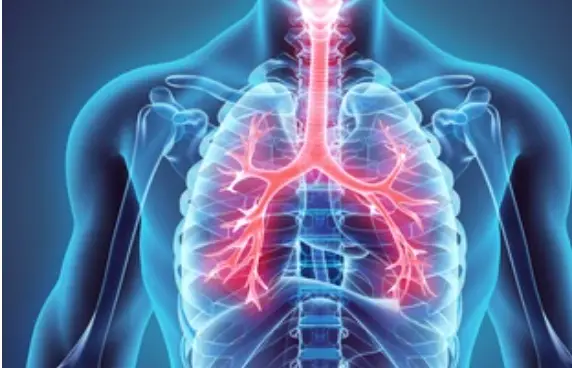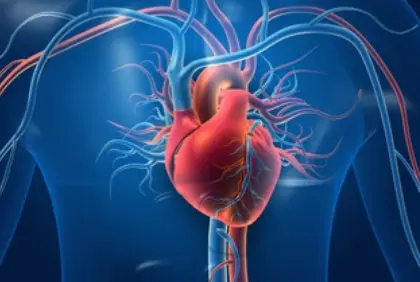 Welcome
Welcome
“May all be happy, may all be healed, may all be at peace and may no one ever suffer."
Hemicrania continua - Generics
Hemicrania continua is a type of headache disorder that is characterized by persistent, unilateral (one-sided) headache that is continuous, with occasional exacerbations of severe pain. The condition is usually experienced as a moderate to severe pain that is typically located around the eye, temple, or forehead on one side of the head.
Other common symptoms of hemicrania continua can include:
- Tearing or redness of the eye on the affected side
- Stuffy or runny nose
- Drooping of the eyelid (ptosis)
- Constriction of the pupil (miosis)
- Sensitivity to light or sound
The cause of hemicrania continua is not fully understood, but it is thought to be related to problems with the trigeminal nerve, which is a nerve that supplies sensation to the face and head. Hemicrania continua is typically diagnosed based on the characteristic symptoms, as well as response to medication.
The primary treatment for hemicrania continua is a nonsteroidal anti-inflammatory drug (NSAID) called indomethacin, which is typically very effective for this condition. Other medications, such as triptans or nerve blocks, may also be used in some cases. In rare cases, surgical intervention may be recommended.
Hemicrania continua is a chronic condition, but with proper treatment, most people with the disorder are able to manage their symptoms and lead normal, productive lives.

Kidney cancer

Nasal congestion

Bronchiectasis

Scalp disorders

Severe CHF

Pain and itching caused b...

Cellulitis

Vitamin and mineral defic...
Hemicrania continua, হেমিক্রানিয়া কন্টুয়া
To be happy, beautiful, healthy, wealthy, hale and long-lived stay with DM3S.